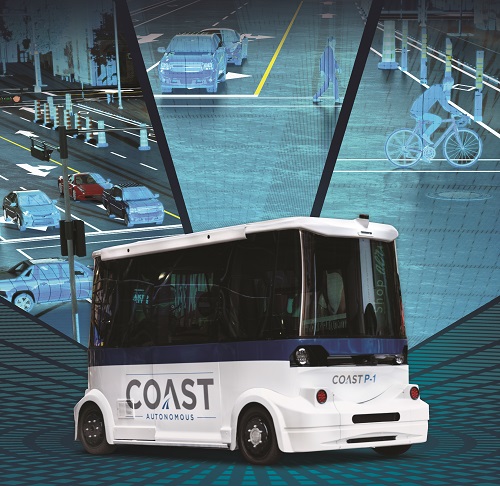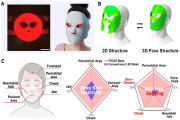LeddarTech, as a leader in LiDAR technology, has developed the most versatile, scalable, auto and mobility LiDAR platform based on the unique LeddarEngine™. In addition to the platform solution, LeddarTech supports the automotive, mobility, and industrial robot markets with innovative 2D and 3D solid-state LiDAR modules. LEDinside was honored to have a phone call interview with Michael Poulin, Vice President, Strategic Partnerships and Corporate Development of LeddarTech, to share the company’s LiDAR business strategies, collaboration, and market prospective.

(Michael Poulin, Vice President, Strategic Partnerships and Corporate Development of LeddarTech)
LeddarTech, established in Quebec, Canada in 2007, is a pioneer in optical detection and ranging technology and has developed a patented technology used to produce affordable, high-performance LiDAR solutions for ADAS (Advanced Driver Assistance System) and AD (Autonomous Driving) applications. LeddarTech has developed the most versatile and scalable auto and mobility LiDAR platform based on the unique LeddarEngine™, which consists of a suite of automotive-grade, functional safety certified SoCs working in tandem with proprietary LeddarSP™ signal processing software. In line with the company’s global growth strategy, in 2019 and 2020, LeddarTech has expanded sales locations in the U.S., Europe, Hong Kong, and China, as well as expanded R&D locations in Canada and Europe.
Poulin noted that IC integration is a must to reduce LiDAR costs and represents a major investment for automotive qualification and compliance to the ISO-26262 safety standard. While the economic context will be less favorable to IC development, LeddarTech is delivering samples of its 3rd generation LiDAR SoC, part of an open, flexible, and scalable sensing platform including signal processing and perception software. The same SoCs can enable short- to long-range LiDARs, adapt to OEM sensor configurations, and address all automotive and mobility applications.
In addition, LeddarTech has provided an open, flexible, and scalable platform, which consists of the LeddarEngine (SoCs and signal processing software), perception software, development tools, and complementary products and services provided by its Leddar™ Ecosystem partners. The core components allow customers to develop tailored LiDAR products for their applications. The availability of automotive quality components and comprehensive development tools and services accelerate LiDAR development while allowing the customers to innovate, differentiate their products, and create value.

(Image: LeddarTech)
Poulin noted that LeddarTech collaborates with partners including STMicroelectronics, Faurecia Clarion, Sunny Optical and First Sensor to solve industry challenges and help their common customers to succeed, especially during the time when COVID-19 impacted the whole automotive industry. Those partnerships enable LeddarTech to provide high-performance, automotive-grade products, volume scalability, cost optimization, component standardization, and development of comprehensive solutions. The company also supports its customers to reduce development costs and accelerate the product progress to enter the market.
Poulin believes that automotive L2+ & L3 will increase in 2024 and a wide variety of autonomous mobility applications will be deployment from now until then. LeddarTech versatile product mix consists of LeddarEngine SoCs, modules, software, and Leddar Pixell, providing adaptability to changes in market dynamics. For example, if the mobility market shifts focus to delivery of goods from people transportation, LeddarTech LiDAR business can serve those vehicles as well as autonomous shuttles and robotaxis. On the automotive front, LeddarEngine products are well suited to L2+ & L3 applications, which will be the focus of automotive OEMs.

(Image: LeddarTech)
Author: Joanne Wu / Research Manager, LEDinside
2020 Infrared Sensing Application Market Trend- Mobile 3D Sensing, LiDAR and Driver Monitoring System
Release Date: 01 January 2020
Language: Traditional Chinese / English
Page: 153





 CN
TW
EN
CN
TW
EN








